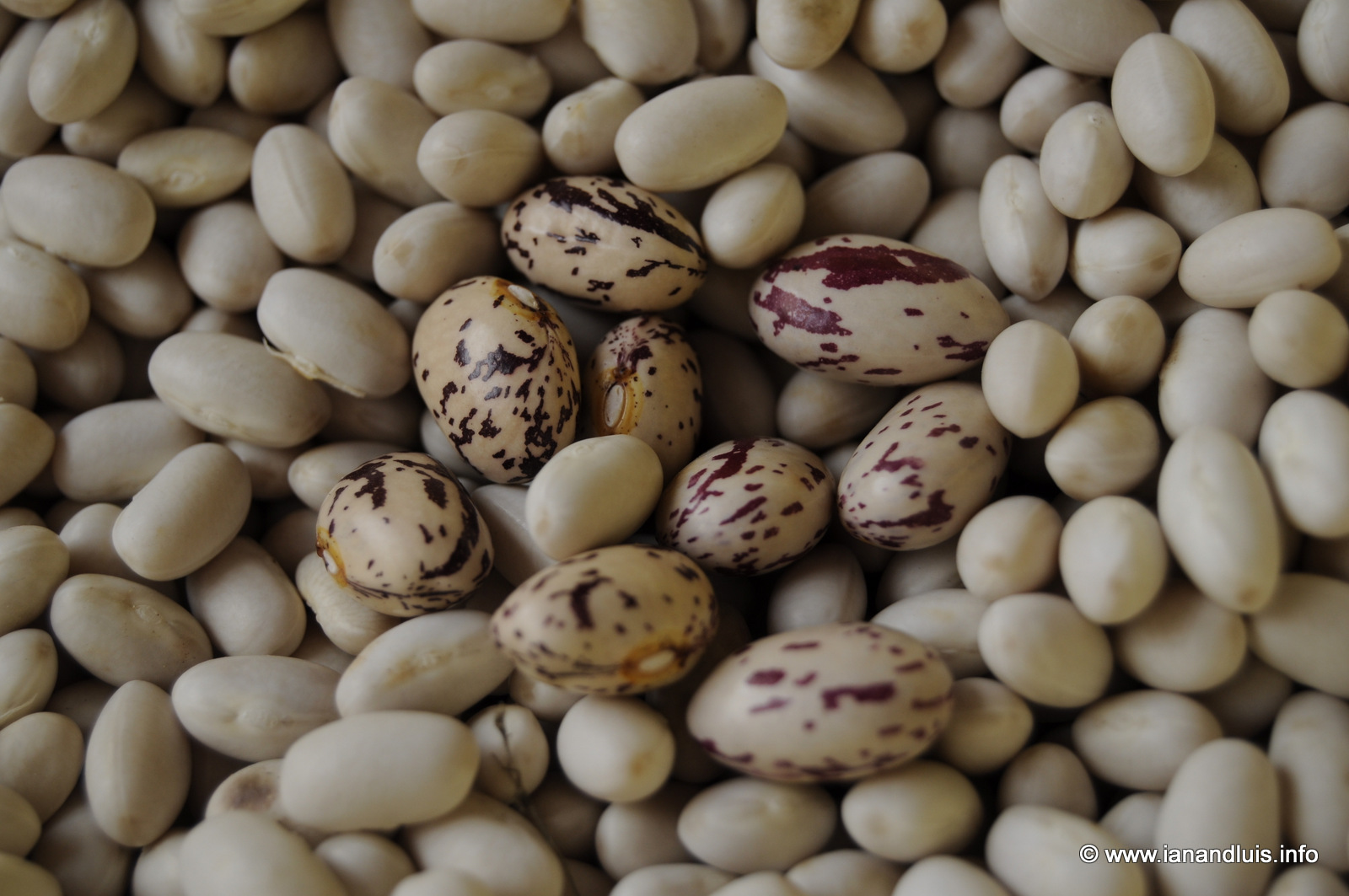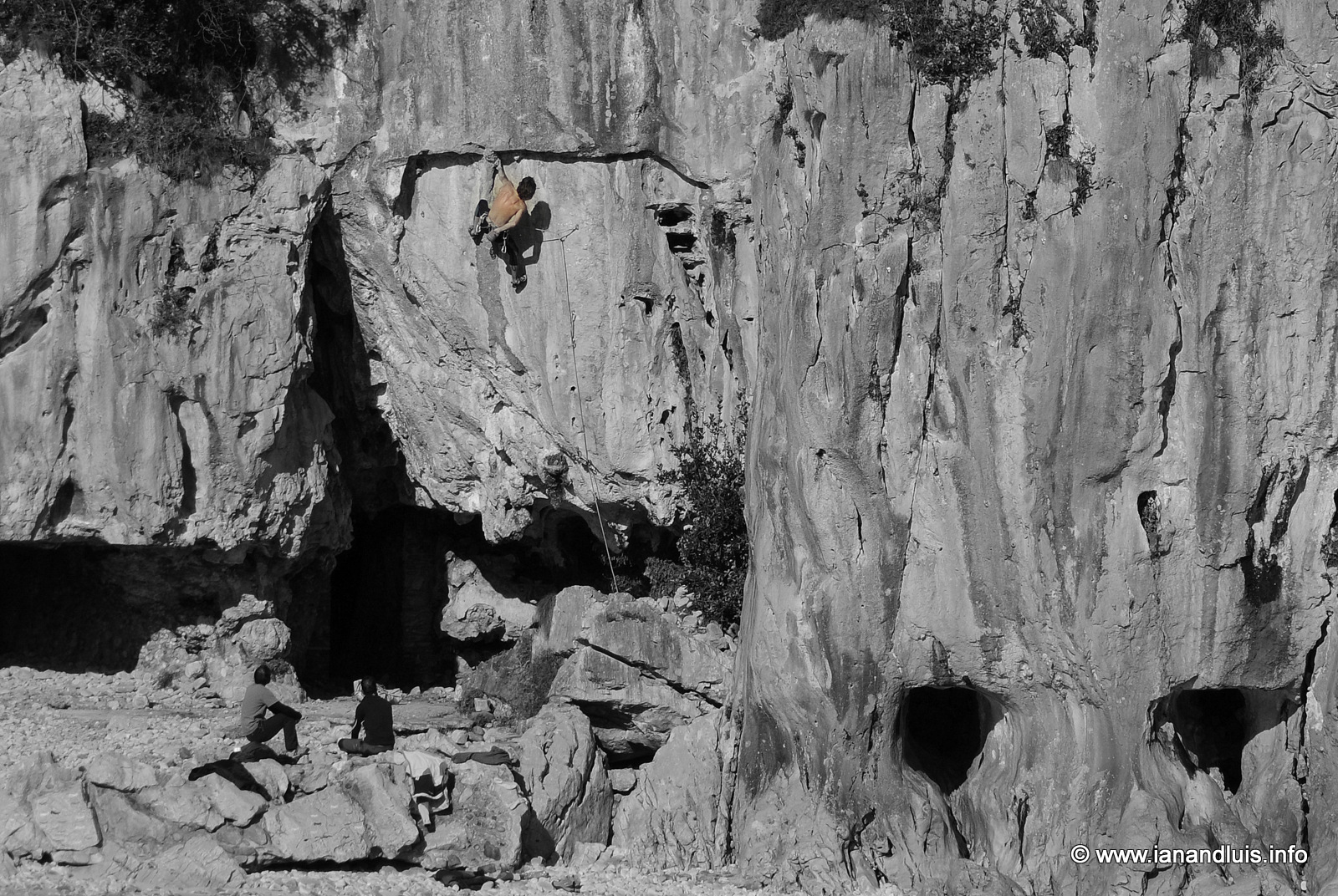 |
| Ribadesella with the Sueve Mountains in the background |
You are never too far from a hill even when you choose the coastal routes.
When you cycle off road, the paths tend to be poorly signed and at times you need to carry your bicycle as some of the paths are not very well maintained.
Mountain biking really applies to off road cycling in Asturias but in spite of the challenges it presents, it is a great activity as you are never too far from magnificent views. Personally I tend to cycle along the roads as they never get busy with traffic and I tend not to get lost as easily.
This particular ride up el Fito viewing platform takes me to the Sueve Mountains which we see in the distance from La Pasera and it is a circular route along the coastal road after leaving behind Ribadesella.
After passing several villages and small towns dotted across beautiful valleys I turn towards the mountains until I see a road sign indicating El Fito viewing platform where main challenge of this route starts, a 600 m ascent over a 4 Km distance along a very windy road used as part of an international car rally and favoured by many car and motorbike drivers.
On this occasion, I came across about 200 motorbikes and the photo opportunity was a good excuse to catch my breath and have a sip of water.
The viewing platform is a very popular tourist attraction because on a clear day it affords incredible views across the valleys with the Picos National Park in the distance and golden sandy beaches below. This viewing platform is within a protected natural space when the semi-wild Asturcon horse can frequently be spotted. Unfortunately, this time they were on higher ground according to one of the farmers I spoke with.
 |
| View towards Ribadesella from El Fito viewing platform. |
 |
| The coastal views with La Isla beach and Lastres town in the background. |
 |
| The Picos National Park from El Fito |
 |
| The river Sella as it reaches Ribadesella. |

















































